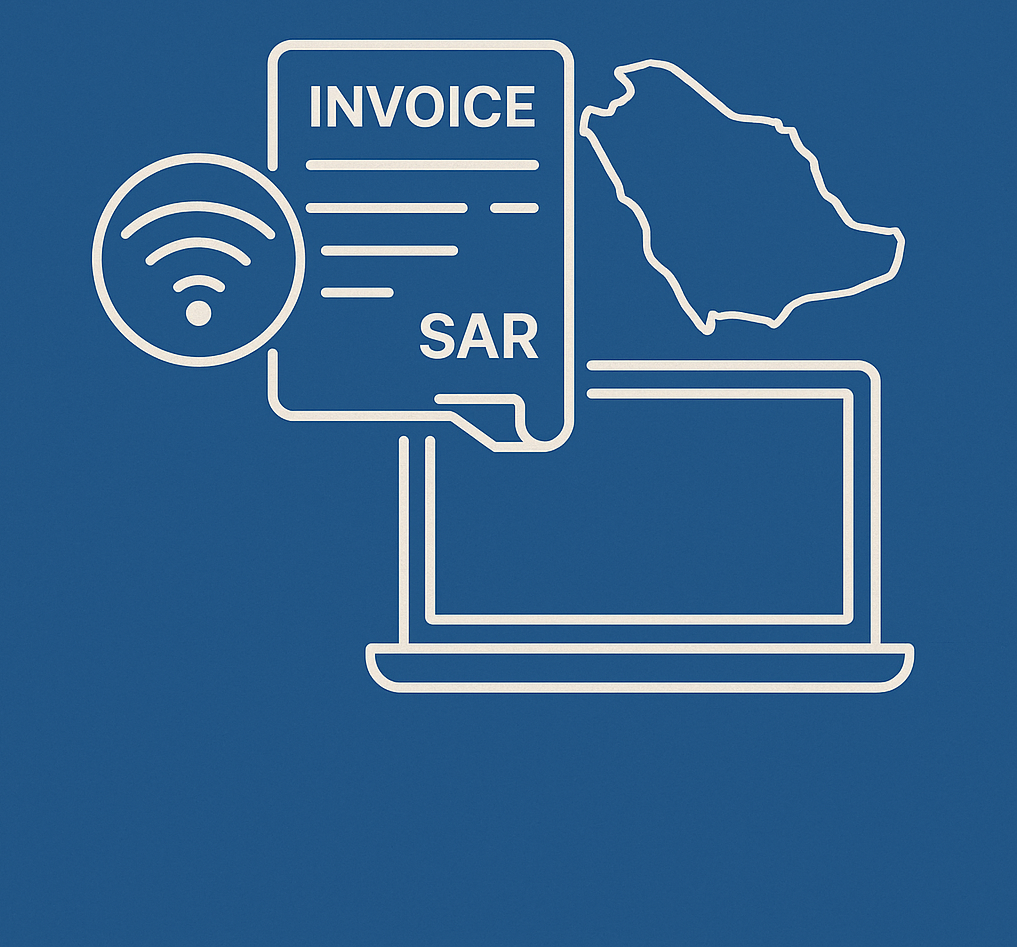Introduction
Saudi Arabia's e-invoicing mandate is transforming how businesses operate, driving efficiency, transparency, and compliance across all sectors. With ZATCA (Zakat, Tax and Customs Authority) enforcing strict e-invoicing regulations, companies must adapt quickly—or risk heavy fines (up to SAR 50,000) and operational disruptions.
This guide explains:
✔ Why e-invoicing matters for businesses in Saudi Arabia
✔ Key ZATCA requirements for Phase 1 & Phase 2 compliance
✔ How to implement e-invoicing without disrupting operations
✔ Why partnering with experts like Zatify ensures a smooth transition
Why E-Invoicing is a Game-Changer for Saudi Businesses
1. Government Mandate & Vision 2030
ZATCA’s e-invoicing system (Fatoorah) is a key pillar of Saudi Arabia’s digital transformation under Vision 2030. It aims to:
-
Reduce tax evasion through real-time invoice tracking
-
Improve efficiency by eliminating paper-based processes
-
Enhance transparency between businesses and authorities
2. Business Benefits Beyond Compliance
✔ Faster payments – Automated invoicing reduces delays
✔ Lower costs – No printing, storage, or manual errors
✔ Better cash flow management – Digital records enable real-time tracking
✔ Competitive advantage – Tech-savvy businesses gain trust
ZATCA E-Invoicing: Phase 1 vs. Phase 2 Requirements
Phase 1 (Basic Compliance – Already in Effect)
-
Applies to all VAT-registered businesses
-
Requirements:
-
Generate e-invoices (PDF/XML) with a basic QR code
-
Include mandatory fields (VAT numbers, invoice amount, timestamp)
-
Store invoices for 5+ years
-
Phase 2 (Integration – Rolling Deadlines Based on Revenue)
-
Requires real-time reporting to ZATCA’s Fatoorah portal
-
Applies in waves:
-
Large enterprises (SAR 3B+ revenue): Already enforced
-
Mid-size businesses (SAR 250M+ revenue): Due in 2024
-
All remaining taxpayers: Mandatory by 2025
-
🔹 Aramco Vendors: Special early deadlines apply. Zatify’s Aramco Vendor Compliance Service ensures you meet requirements.
How to Implement ZATCA E-Invoicing Successfully
Step 1: Compliance Assessment
Before making changes, businesses must:
✔ Verify if they fall under Phase 1 or Phase 2
✔ Audit current invoicing systems for gaps
✔ Ensure their ERP/accounting software supports ZATCA standards
📌 Get a Free Compliance Check from Zatify
Step 2: System Integration (For Phase 2)
-
ERP Integration – Connect SAP, Oracle, or Zoho to ZATCA’s portal
-
QR Code & Cryptographic Stamp – Advanced security features
-
Continuous Transaction Controls (CTC) – Real-time validation
📌 Zatify’s E-Invoicing Integration Solutions
Step 3: Testing & Go-Live
✔ Submit test invoices to ZATCA for approval
✔ Train employees on new processes
✔ Monitor for errors post-launch
Why Choose Zatify for E-Invoicing Compliance?
With 100+ successful implementations, Zatify offers:
✅ End-to-end support – From assessment to integration
✅ ERP expertise – Works with SAP, Oracle, Zoho, and more
✅ Aramco vendor specialization – Meet strict deadlines
✅ Ongoing compliance monitoring – Avoid penalties
📞 Need help? Contact Zatify today!
Conclusion: Don’t Risk Non-Compliance
ZATCA’s e-invoicing system is not optional—delaying implementation risks fines and business disruptions. By partnering with experts like Zatify, companies can:
✔ Avoid penalties with seamless compliance
✔ Boost efficiency through automation
✔ Stay ahead in Saudi Arabia’s digital economy
🚀 Ready to get started? Visit Zatify now for a consultation!
